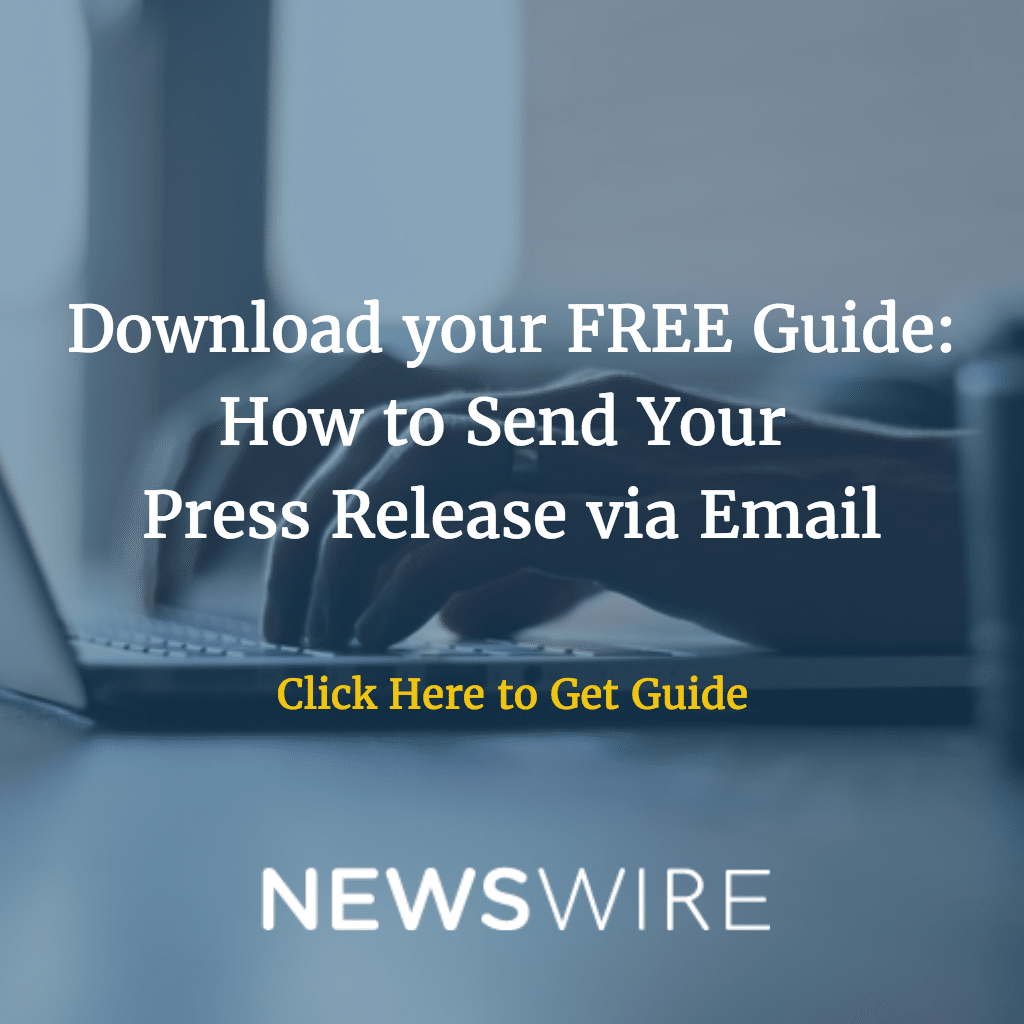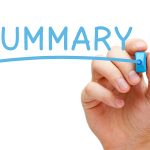Readers Want Less – Why Brevity Is Key In Press Releases
Many marketers new to writing press releases will often ask how long one should be. The truth is that the briefer, the better. Press releases are designed to inform journalists about the latest news in your business. A press release must be newsworthy, with some sort of ‘wow’ factor that makes it stand out, such as a new product being launched, or a live event being hosted.
But journalists are busy people, so keeping things short, between 400 and 500 words, is very professional, and considerate, too.
The typical press release template
The typical press release template makes it easy to stick to the suggested word count and still fit in all of the facts required.
The press release structure is usually an interesting headline and 4 paragraphs, with the required information organized in what is termed the inverted pyramid format.
The inverted pyramid format
An inverted pyramid is broad at the top and pointed at the bottom. News stories include all of the most important facts in the broad part of the pyramid, and useful, but not as essential, information as the story continues.
This being the case, the goal is to try to get the main facts into the first paragraph if you can.
The First Paragraph
The facts for the first paragraph are:
- Who
- What
- Where
- When
- Why
Who is the story about (you), what happened, where did it happen, and so on.
The second paragraph
The second paragraph will include any facts you didn’t manage to fit into the first paragraph. It should also include some supporting detail, such as an image of the new product you are launching, a video clip, or both. Include a caption for each piece of media you create, and offer a Creative Commons license with no editing allowed so that journalists can use it without violating copyright.
The third paragraph
The third paragraph will usually include at least one quotation. It can be from the head of your company, the marketing department, and so on. You could also get one or more quotes from people who are considered to be experts in your niche. This will help provide a context for the information in your press release.
Make sure they are genuinely useful quotes, not fluff or hype designed to help you sell more products.
The fourth paragraph
The fourth paragraph will usually be what is termed your boilerplate. The first part of the boilerplate will be the history of your company. Who are you and what do you do? What inspires you or is your business mission? This information provides a context for journalists so they can understand who you are, what your background is, and whether or not you are worth paying attention to.
Include an URL that will provide them with more information. Never send them to your home page, because all this will do is force them to wander around aimlessly. Create a media center URL to link to all your public relations work. You could also create a special URL for each press release in order to be able to track the success of your press release more easily.
The second part of the boilerplate will be the contact information for the person who will follow up with any media inquiry. Include name, email address, and phone number.












